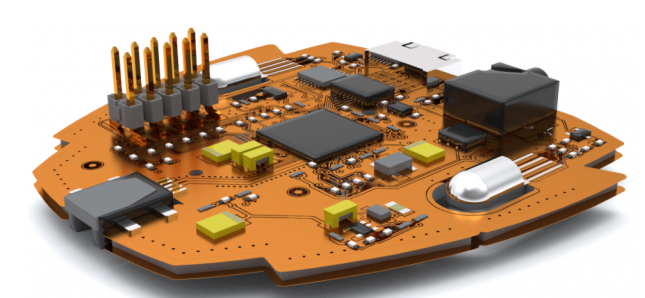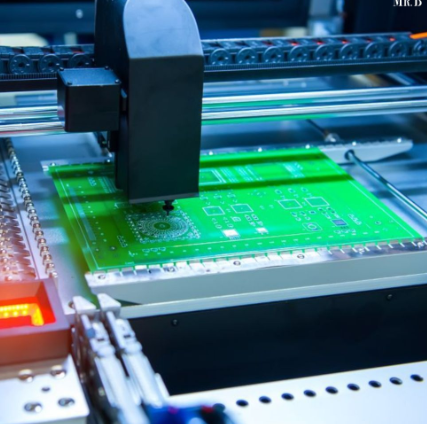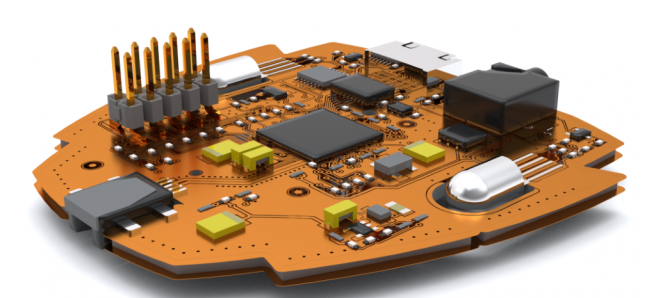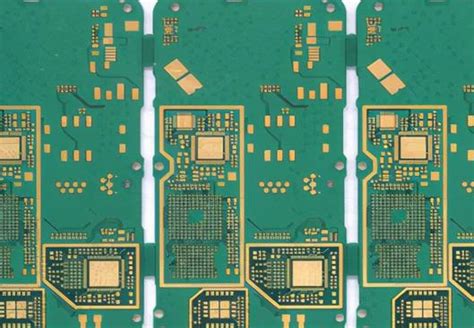The Development Direction of Mechanical Integration in PCB Technology
Introduction
Printed Circuit Boards (PCBs) are the backbone of modern electronics, providing the necessary electrical connections between components. However, as electronic devices become more compact and complex, the mechanical aspects of PCBs have gained increasing importance. Mechanical integration in PCB technology refers to the incorporation of structural, thermal, and functional elements directly into the PCB, reducing the need for additional components and improving overall system performance.
This article explores the key development directions in PCB mechanical integration, including:
- Embedded Components and 3D Integration
- Flexible and Stretchable PCBs
- Advanced Materials for Mechanical Durability
- Thermal Management Integration
- Additive Manufacturing and Hybrid Structures
- Smart PCBs with Integrated Sensors and Actuators
Each of these trends contributes to the evolution of PCBs from simple interconnect platforms to multifunctional, mechanically robust systems.
1. Embedded Components and 3D Integration
Traditional PCBs rely on surface-mounted components, which occupy space and limit miniaturization. A major trend in mechanical integration is the embedding of passive and active components within the PCB layers.
Key Developments:
- Embedded Resistors, Capacitors, and Inductors: These reduce the PCB footprint and improve signal integrity by minimizing parasitic effects.
- 3D Printed Electronics (3D-PE): Additive manufacturing allows for the creation of complex, multilayer structures with embedded components.
- Through-Silicon Vias (TSVs) and Interposers: Used in high-density interconnects (HDI) for 3D IC packaging, enabling shorter signal paths and better thermal performance.
By integrating components internally, PCBs can achieve higher reliability, reduced weight, and improved electrical performance.
2. Flexible and Stretchable PCBs
The demand for wearable electronics, foldable smartphones, and medical implants has driven advancements in flexible and stretchable PCBs.
Key Innovations:
- Polyimide and Liquid Crystal Polymer (LCP) Substrates: These materials offer excellent flexibility and thermal stability.
- Stretchable Conductors: Silver nanowires, conductive elastomers, and graphene-based inks enable circuits that can stretch without breaking.
- Hybrid Rigid-Flex Designs: Combining rigid and flexible sections allows for dynamic mechanical configurations while maintaining structural integrity.
Future developments may include self-healing conductive materials and bio-compatible substrates for medical applications.

3. Advanced Materials for Mechanical Durability
Mechanical stress, vibration, and thermal cycling can degrade PCB performance. Advanced materials are being developed to enhance durability.
Emerging Solutions:
- Ceramic-Filled PTFE: Improves thermal and mechanical stability in high-frequency applications.
- Metal-Core PCBs (MCPCBs): Used in LED and power electronics for better heat dissipation and rigidity.
- Nanocomposite Substrates: Carbon nanotube (CNT) and graphene reinforcements enhance strength while maintaining electrical properties.
These materials enable PCBs to operate in harsh environments, such as aerospace, automotive, and industrial applications.
4. Thermal Management Integration
As power densities increase, effective thermal management becomes critical. Modern PCBs incorporate cooling solutions directly into their structure.
Key Approaches:
- Embedded Heat Pipes and Vapor Chambers: These passively transfer heat away from critical components.
- Thermal Vias and Conductive Layers: Copper-filled vias and metal substrates improve heat spreading.
- Phase Change Materials (PCMs): Absorb and dissipate heat in high-power applications.
Future trends may include microfluidic cooling channels integrated into PCBs for active cooling.

5. Additive Manufacturing and Hybrid Structures
Additive manufacturing (AM) is revolutionizing PCB production by enabling complex geometries and rapid prototyping.
Benefits of AM in PCBs:
- Customizable Designs: 3D printing allows for non-planar circuit layouts.
- Reduced Waste: Material is deposited only where needed, minimizing scrap.
- Multi-Material Printing: Conductive, insulating, and structural materials can be printed in a single process.
Hybrid manufacturing, combining traditional etching with 3D printing, is expected to become more prevalent.
6. Smart PCBs with Integrated Sensors and Actuators
The integration of sensors and actuators transforms PCBs into active mechanical systems.
Applications:
- Structural Health Monitoring: Strain gauges and vibration sensors detect mechanical stress.
- Self-Adjusting Circuits: MEMS-based actuators can reconfigure circuits dynamically.
- Energy Harvesting: Piezoelectric materials convert mechanical vibrations into electrical energy.
This trend aligns with the growth of the Internet of Things (IoT) and smart devices.
Conclusion
The future of PCB mechanical integration lies in multifunctional, durable, and adaptive designs. Key directions include embedded components, flexible electronics, advanced materials, thermal management, additive manufacturing, and smart functionalities. As these technologies mature, PCBs will evolve from passive interconnects to active mechanical systems, enabling next-generation electronics in aerospace, healthcare, consumer devices, and beyond.
Continued research in materials science, manufacturing techniques, and system-level integration will drive further innovation, making PCBs an even more critical component in modern engineering。







